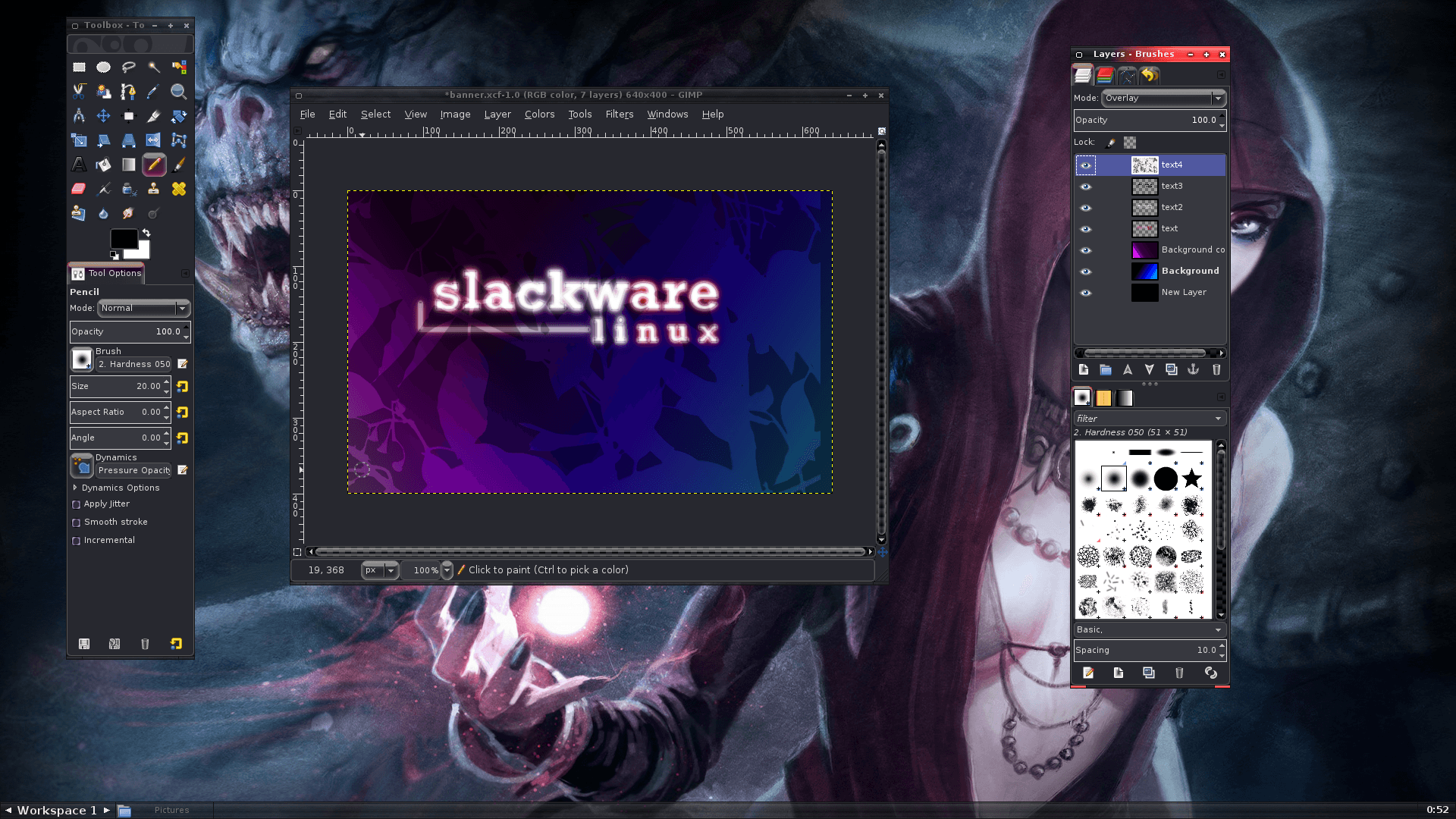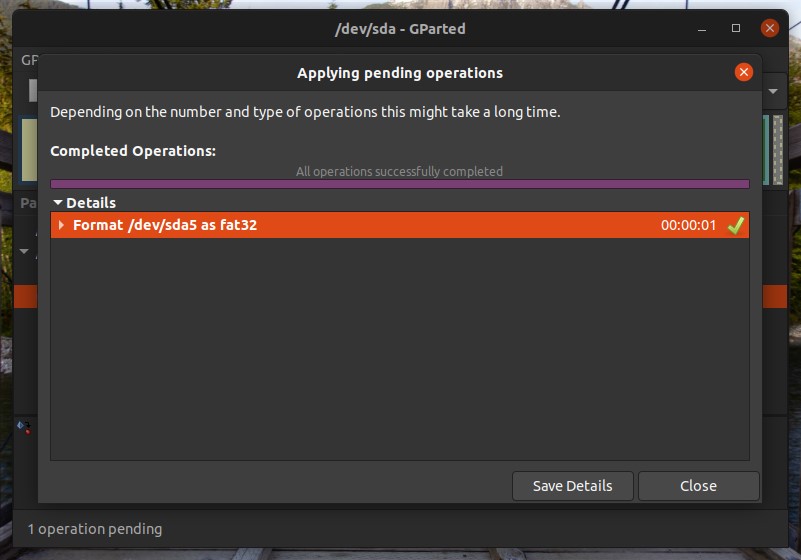

Using the command line interface (CLI) in the terminal emulator allows us to have more control over when drives are mounted and the position in the filesystem that they are mounted to.

Identifying and Mounting a Drive using the Linux Terminal It’s useful to have the pen drive attached but not mounted for the next part of the tutorial so unmount it by once again clicking the unmount button in the disk utility. Unmount the drive to get ready for the next part of the tutorial. Clicking this will remount the pen drive. With the pen drive unmounted the mount button icon changes to a triangular “play” icon. Click the mount button to re-mount the drive. Click the square stop button icon to unmount the disk. You will see your main system disk drive(s) and also the pen drive you just inserted, so double check before taking the action.
UNMOUNT DISK IN LINUX WINDOWS
Press the Windows / Super key and search for “disk.” Select the Disks utility. Plug in a USB Flash drive and allow it to automatically mount. You should see an icon appear as a shortcut to the drive, or opening a file explorer you will find the pen drive mounted.
UNMOUNT DISK IN LINUX HOW TO
Occasionally this may not happen and knowing how to manually mount and unmount a drive can be a useful skill.ġ. Most of the time when you attach a drive, for example a pen drive, the system will recognize it and automatically mount the drive. Unmounting and Mounting Drives using GUI tools (Image credit: Tom’s Hardware) You can open a terminal window on most Linux machines by pressing ctrl, alt and t. All of the how-to is performed via the Terminal.
UNMOUNT DISK IN LINUX INSTALL
We’ve used a Ubuntu 20.04 install but you could run this how-to on a Raspberry Pi. We will use a variety of approaches and tools including both terminal emulator commands and GUI tools.Īll the commands in this how-to will work on most Linux machines. In this how-to we’ll look at various ways of mounting and unmounting disks and disk images. When using a server or a remote connection, it is not certain that a device will automatically be made available, so how can we mount our own devices? But under the hood there is a process where the device is mounted (made ready for use) and assigned a mountpoint. All mounted filesystems are unmounted automatically when a computer is shut down in an orderly manner.In a Linux GUI, we usually take it for granted that when we insert a USB flash drive, hard drive or even a DVD disk, they just appear ready for use.

Unmounting refers to logically detaching a filesystem from the currently accessible filesystem(s). The umount command is used to manually unmount filesystems on Linux and other Unix-like operating systems. Run umount command with disk name or mount point name to unmount currently mounted disk. Use umount command to unmount any mounted filesystem on your system.

To unmount a mounted file system, use the umount command.


 0 kommentar(er)
0 kommentar(er)
